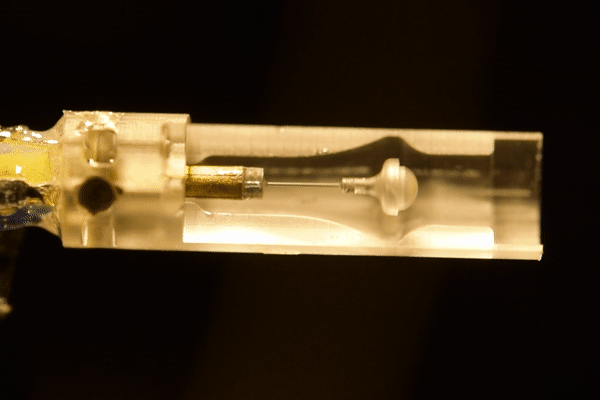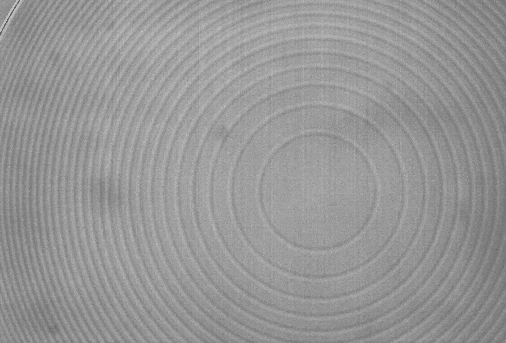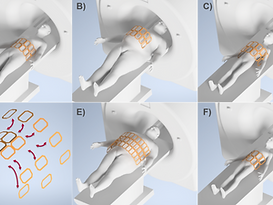
Research Areas
Refractive adaptive optics
Adaptive optics, a technique borrowed from astronomy to measure and compensate the optical aberrations to restore imaging performance, will become indispensable in the near future for life-science and biomedical microscopy.
Our research in this field aims to lead this transformation through new optofluidic microsystems designed for direct integration into advanced imaging systems. Specifically, it envisions the development of ultra-miniaturized wavefront modulators, algorithmic/sensorless wavefront measurements techniques and new fabrication methods based on additive/subtractive manufacturing to realize integrated AO systems, and demonstrate their feasibility for a plethora imaging methods.
Selected publications:
-
Sohmen, Maximilian, Juan D. Muñoz-Bolaños, Pouya Rajaeipour, Monika Ritsch-Marte, Çağlar Ataman, and Alexander Jesacher. "Optofluidic adaptive optics in multi-photon microscopy." Biomedical Optics Express 14, no. 4 (2023): 1562-1578.
-
Rajaeipour, Pouya, Martin Sauther, Kaustubh Banerjee, Hans Zappe, and Çağlar Ataman. "Seventh-order wavefront modulation with a gravity-neutral optofluidic deformable phase plate." Journal of Optical Microsystems 1, no. 3 (2021): 034502-034502.
-
Rajaeipour, Pouya, Kaustubh Banerjee, Alex Dorn, Hans Zappe, and Çağlar Ataman. "Cascading optofluidic phase modulators for performance enhancement in refractive adaptive optics." Advanced Photonics 2, no. 6 (2020): 066005-066005.
-
Rajaeipour, Pouya, Alex Dorn, Kaustubh Banerjee, Hans Zappe, and Çağlar Ataman. "Fully refractive adaptive optics fluorescence microscope using an optofluidic wavefront modulator." Optics Express 28, no. 7 (2020): 9944-9956.


Multi-modal endomicroscopy
As the world population ages, leading to increasing cancer rates, early, low-cost, and accurate diagnosis of cancer is becoming ever more essential. The spearhead of research towards this goal is endoscopic imaging that allows cellular-level and multi-variate histopathological observations to be performed on site.
Our research program in this field addresses a number of major challenges towards the widespread clinical adoption of endomicroscopy: solving instrumentation limitations through innovative microsystems, unravelling optical biomarkers for different pathologies via clinical collaborations, and developing robust packaging solutions and clinical procedures.
Selected publications:
-
Çalıkoğlu, Aybüke, Gerardo González-Cerdas, David Ilioae, Marius Kienzler, Florian Lux, Yanis Taege, and Çağlar Ataman. "Magnetic position sensing for self-calibration and image registration of scanning fiber endoscopes." Journal of Optical Microsystems 4, no. 1 (2024): 014003-014003.
-
González-Cerdas, Gerardo, Yanis Taege, Felix Jund, Dragan Sandic, Christoph Bauer, and Çağlar Ataman. "Preclinical-grade microendoscope for optical coherence tomography and angiography inside the bladder." Journal of Optical Microsystems 3, no. 1 (2023): 011006-011006.
-
Taege, Yanis, Anja Lykke Borre, Madhu Veettikazhy, Sophia Laura Schulz, Dominik Marti, Peter Eskil Andersen, Bernhard Messerschmidt, and Çağlar Ataman. "Design parameters for Airy beams in light-sheet microscopy." Applied Optics 61, no. 17 (2022): 5315-5319.
-
Taege, Yanis, Gerardo González-Cerdas, Felix Jund, Hans Zappe, and Çağlar Ataman. "Manufacturing and assembly of an all-glass OCT microendoscope." Journal of Micromechanics and Microengineering 31, no. 12 (2021): 125005.



3D nano-printing of freeform optical MEMS
In this line of work, we explore how 3D nano-printing based on two-photon polymerization can be adapted for the monolithic manufacturing of complete optical MEMS devices to facilitate multi-modal endoscopy. The unique combination of miniaturization, design freedom, and implicit alignment of the micro-optics and the actuators can pave the way for a new generation of multimodal endomicroscopy instruments. Furthermore, 3D nano-printing offers rapid prototyping of microscale structures, eliminating the need for costly MEMS microfabrication and micro-assembly techniques.
Selected publications:
-
Lux, Florian, Aybuke Calikoglu, Carolin Klusmann, Matthias Hillenbrand, and Çağlar Ataman. "3D nanoprinted catadioptric fiber sensor for dual-axis distance measurement during vitrectomy." Applied Optics 63, no. 11 (2024): 2806-2814.
-
Vilches, Sergio, Hans Zappe, and Çağlar Ataman. "Multi-point fiber-optic distance sensor for endoscopic surgery monitoring." IEEE Photonics Technology Letters (2023).
-
Taege, Yanis, Tim Samuel Winter, Sophia Laura Schulz, Bernhard Messerschmidt, and Çağlar Ataman. "Generation of biaxially accelerating static Airy light-sheets with 3D-printed freeform micro-optics." Advanced Photonics Nexus 2, no. 5 (2023): 056005-056005.
-


Optical data and power transfer in MRI
Our research in this field explores the use of optical data and power transmission to eliminate the need for galvanic connections in conventional magnetic resonance imaging (MRI) systems. The goal is to minimize channel cross-talk and improve the parallel imaging performance of dense coil arrays, while at the same time reduce the risk of electromagnetic interference and RF-induced heating.
Another major goal is modularity, such that individual coil elements can be interconnected, without connecting them to the receiver system individually using a coaxial cable. This would allow the arrays to be assembled in any desired geometry, making it possible to scan subjects with widely varying skull sizes.
Selected publications:
-
Özen, Ali Caglar, Yanis Taege, Thomas Lottner, Serhat Ilbey, Çağlar Ataman, and Michael Bock. "Light coils: MRI with modular RF coils using optical power and data transmission." In Proceedings of the 30th Annual Meeting of ISMRM, United Kingdom, p. 186. 2022.


Rapid prototyping of freeform optics
This project is conceived to develop an innovative new method for manufacturing planar optical components with complex surface shapes in a rapid, precise, and resource-efficient manner. It aspires not only to offer a transformative alternative to existing technologies, but also to pave the way for smart manufacturing of more complex optical systems.
Selected publications:
-
Dorn, Alex, Hans Zappe, and Çağlar Ataman. "Analysis of assembly tolerance compensation in microscope objectives with a free-form element at the aperture stop." Optics Express 30, no. 20 (2022): 35871-35881.


Funding





